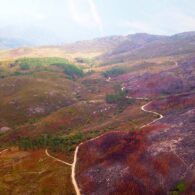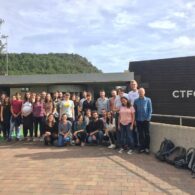Nowadays, forest planners and managers are expected to make decisions in accordance with an increasingly diverse array of objectives, while taking into account uncertainties related to health and condition, biotic risks (insects and pathogens), and abiotic risks (wildfire, storms, avalanches, landslides, etc.), both under current and projected climate. To address this complexity, the planners and managers need advanced tools that use the current state of forests in an area as a starting point and project mid- and long-term consequences of alternative management strategies while including multiple sources of uncertainty.
The simulation of possible forest scenarios at different territorial levels allows evaluation of the effects of the different management alternatives and determination of the provision of ecosystem services (wood, cork, biomass for bioenergy, carbon fixation, fire prevention, water supplies, improvement of biodiversity, etc.) of each alternative.







